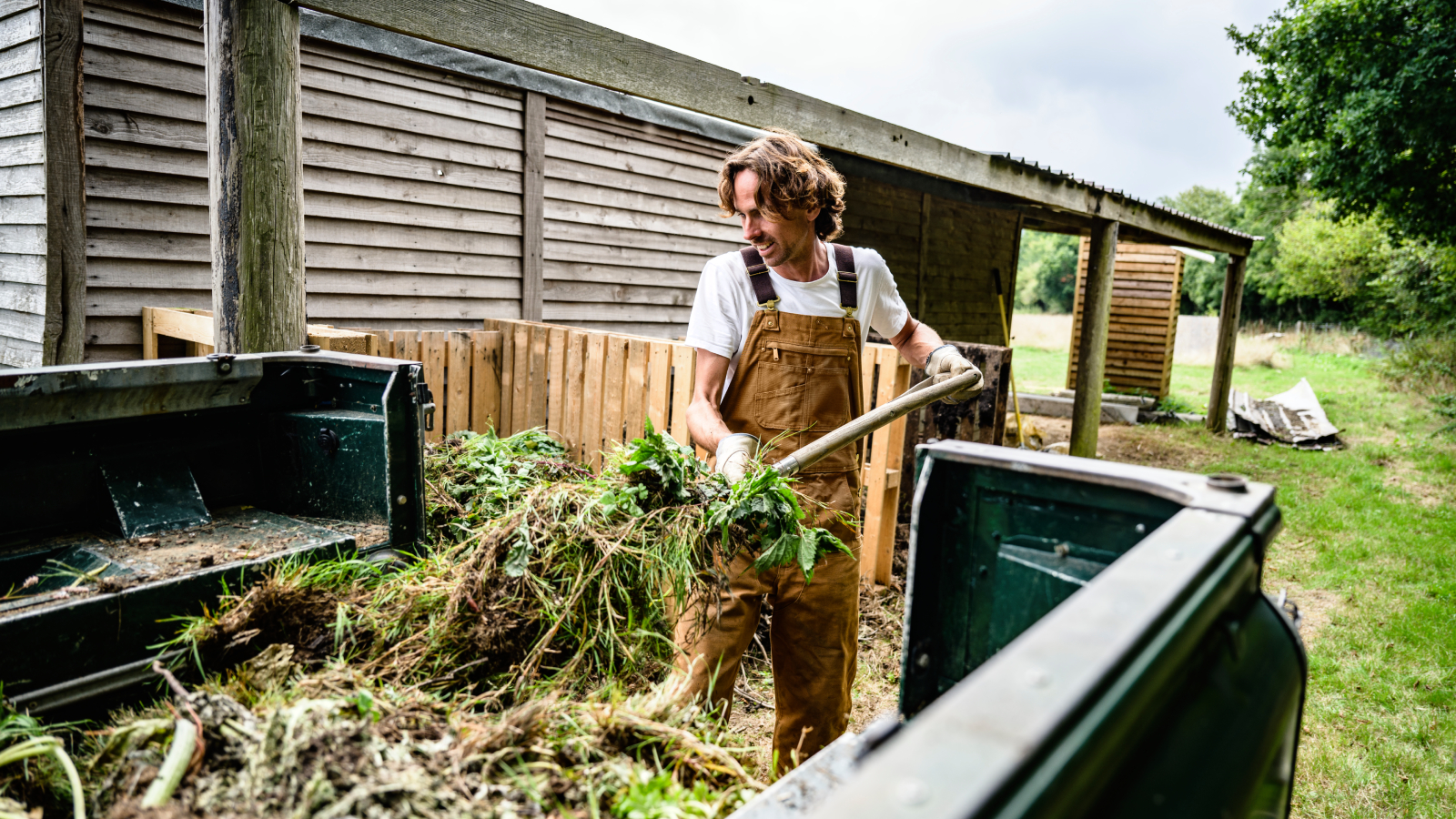
Do you know how to properly compost greens and browns? The hallmark of a healthy compost pile relies on the inclusion of compost browns and greens but you don’t just toss these in randomly. There is actually a specific compost green to brown ratio that should be met to activate the composting process but it gets a bit more confusing than that.
In addition to the proper ratio of greens and browns for compost, you must determine what can be composted. Remember, while all organic materials will decompose, not all organics are suitable for composting.
While you need to choose the correct green and brown material for compost, their actual color is not an indicator of what might be compost browns or greens. Confused yet? Keep reading to learn how to compost the correct way.
What Are "Greens" in Composting?
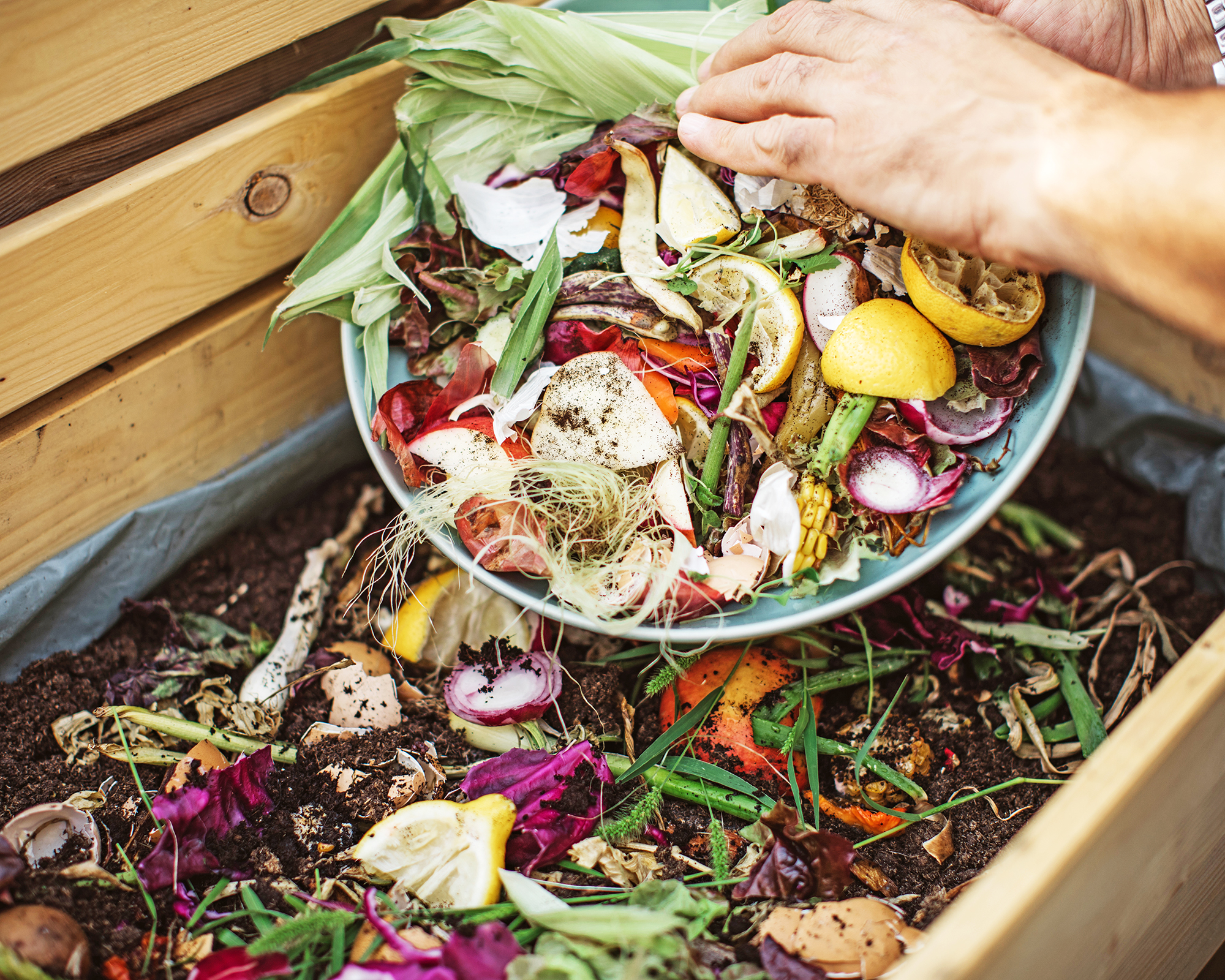
“Greens” refer to nitrogen-rich organic materials. These are an incredibly important part of the composting process. Nitrogen facilitates rapid decomposition. It acts as a food source (along with carbon and water) for microbes that break down organic matter. Food scraps, grass clippings, recently pulled weeds, and coffee grounds are all considered greens and will provide nitrogen to plants.
Generally, greens for compost are green in color, but not always. For instance, manure, although brown, is actually a green. Alfalfa hay is yet another example. It looks like it would be a “brown," but due to its high nitrogen content, is actually a green.
What Are "Browns" in Composting?
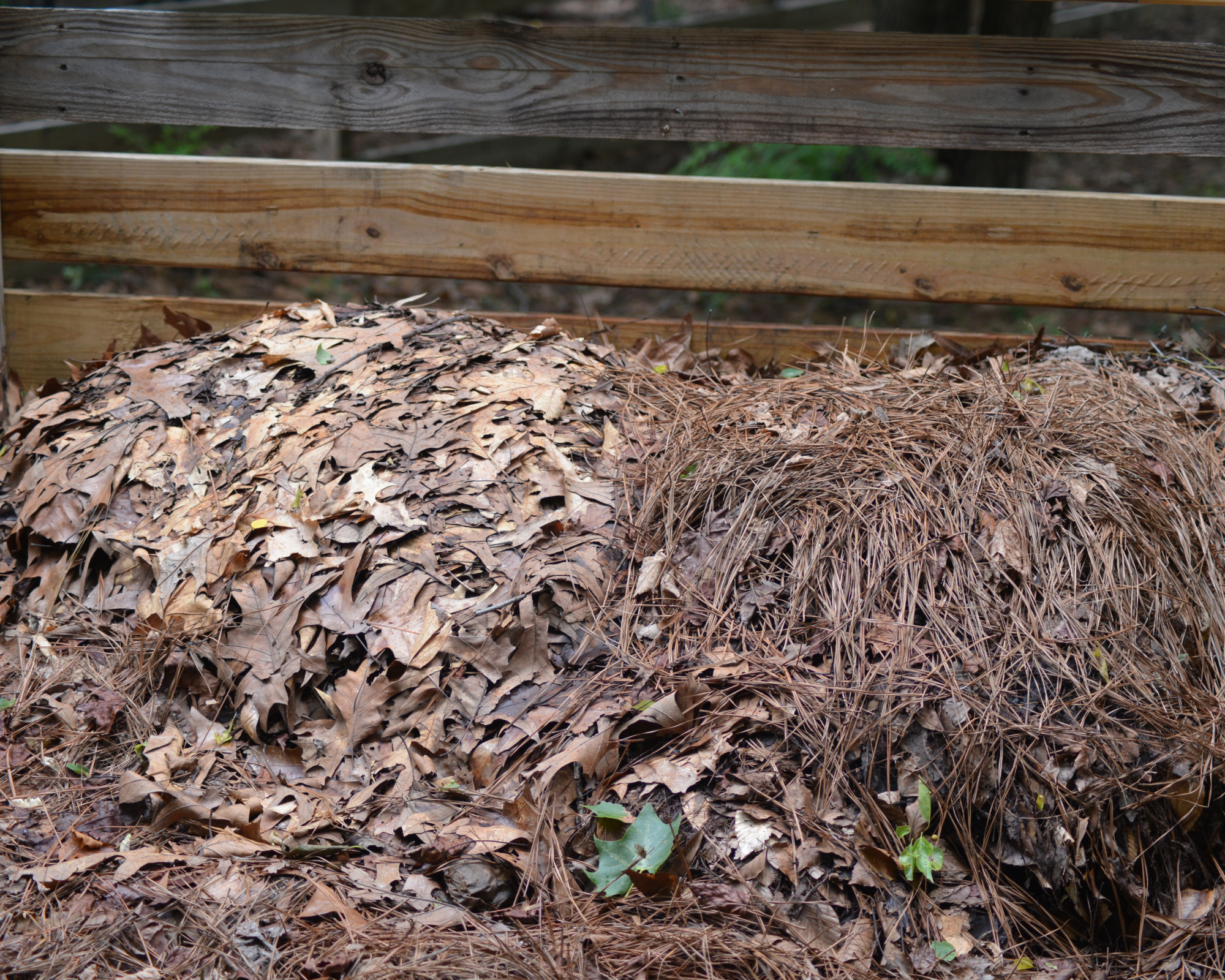
So what are compost “browns”? “Browns are rich in carbon, another essential ingredient with regards to decomposition. The carbon balances out the nitrogen in the pile to foster the ideal conditions for decomposing.
Browns also facilitate airflow, add bulk, and keep the compost pile from being too wet. Again, the color of the organic material is usually an indicator but not always.
Sign up for the Gardening Know How newsletter today and receive a free copy of our e-book "How to Grow Delicious Tomatoes".
Compost Green to Brown Ratio
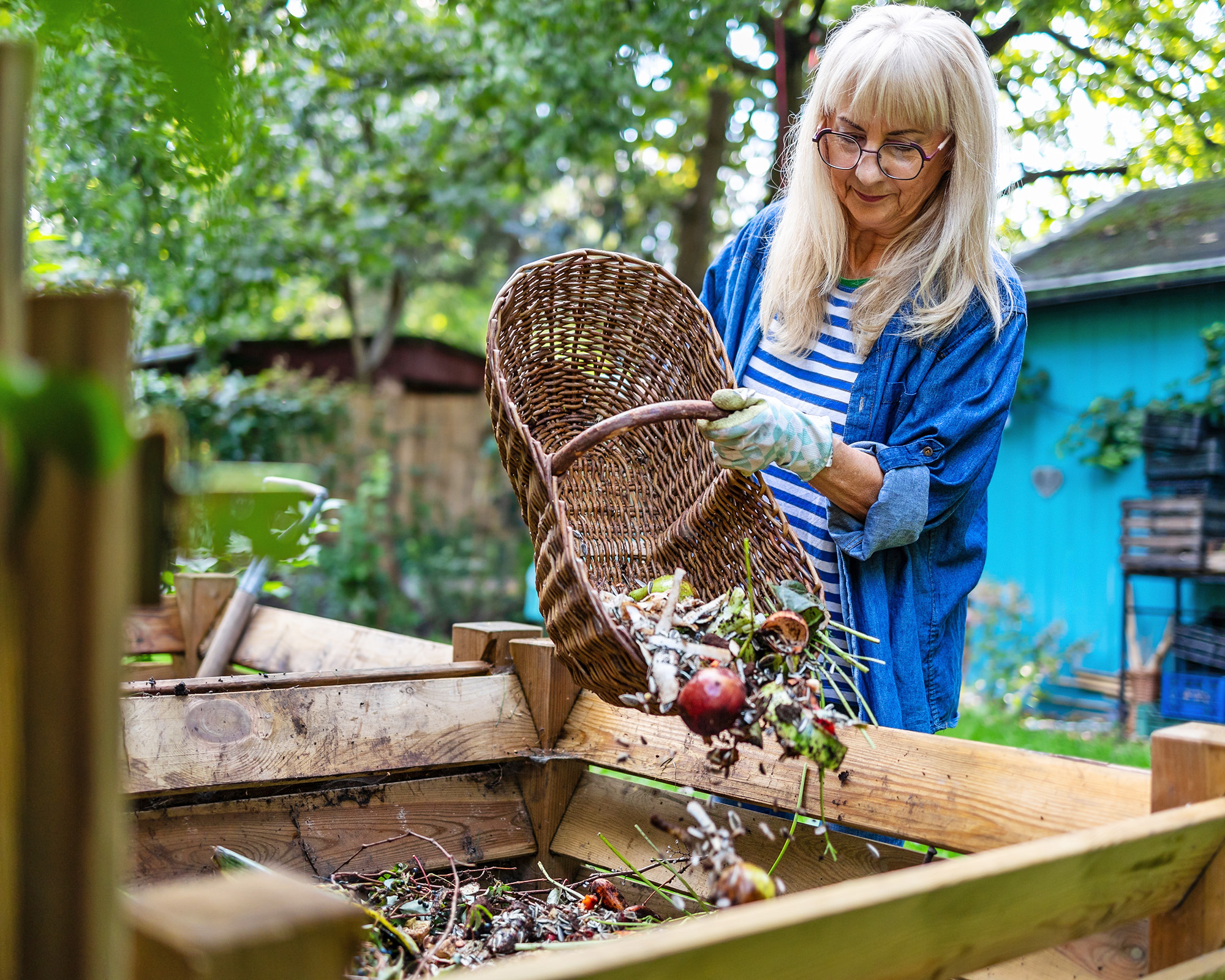
As mentioned above, both nitrogen and carbon are necessary in conjunction to create a healthy balance and heat up the compost pile to facilitate a rapid breakdown of the organic elements. But what happens if there are too many greens? Or too many browns for that matter.
Too much nitrogen (greens) in the compost pile can result in a pile that heats up too rapidly yet slows decomposition. The compost in process becomes wet and slimy with a nasty aroma, the result of the nitrogen converting to ammonia gas.
If there is an imbalance of carbon to nitrogen, decomposition slows markedly and the pile remains cool and dry. This can also lead to an unpleasant odor from the production of methane gas. It is also important to keep an odorless compost bin for the sake of your nose and your neighbors' noses.
To achieve the perfect balance in your compost pile you need to adhere to a 2:1 or 3:1 ratio of browns to greens. A 3:1 ratio of carbon to nitrogen is most efficient, speeding up the decomposition process by providing the correct balance of carbon, nitrogen and water to the microbes.
Microbes get their energy and basic building blocks from carbon while nitrogen is necessary for their cell growth and function. You want this beneficial bacteria in your garden compost as it will help your plants.
How to Get the Right Balance
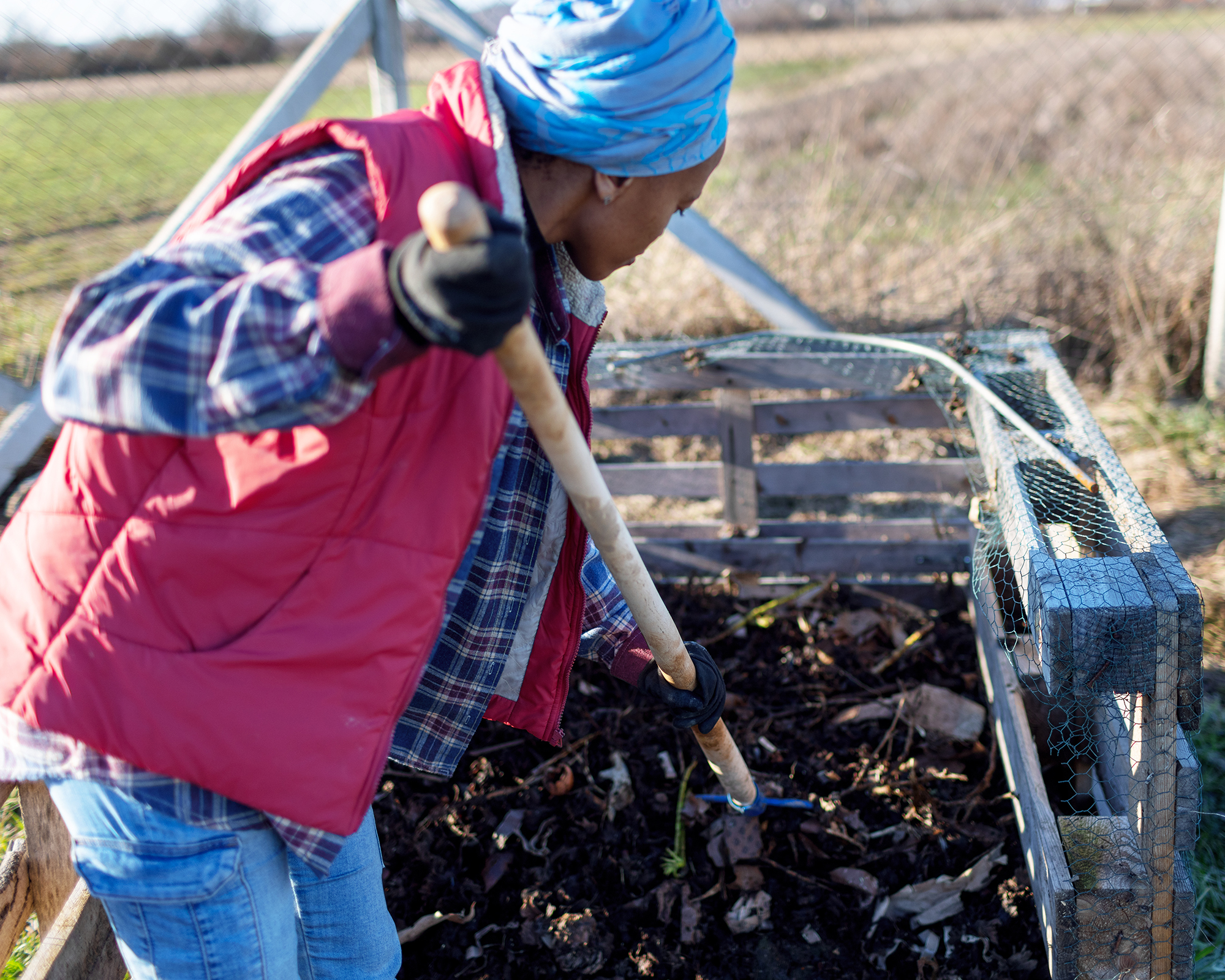
Now that we’ve ascertained the importance of maintaining the correct ration in the compost pile, how do you ensure you are putting the correct ratios into the pile? First of all, you do not need the absolute correct ratio to create compost. It may take longer, but if you’re adding both nitrogen and compost, you will eventually get compost.
Second, often there are lots of greens or nitrogen available in the summer and more browns or carbon available in the fall. Some folks make a separate area to store their carbon rich material until they begin to have nitrogen rich materials. This is possible, but know that you will need extra space and time.
Regardless, as you amass green and brown organic material, the idea is to layer it, alternating between carbon and nitrogen layers as you work your way up. To hasten decomposition, chop up any larger pieces. Turn the compost pile at least once a week.
To further hasten composting, you can try electric composting which uses heat to break the greens and browns down. The Reencle Home Composter, available on Amazon, is a cutting-edge appliance that creates compost in a few short weeks and nurtures microbes in the process. Alternatively, try this bokashi composting kit from Amazon.
Green & Brown Compost Materials List

Some of the greens, or nitrogen rich, materials for use in a compost pile include food scraps, leafy garden waste like fresh leaves or grass clippings, egg shells, paper coffee filters and grounds, and tea bags without metal staples.
Browns, or carbon materials, to include in the compost pile include shredded newspaper, cardboard, brown bags or other matte paper products, and untreated wood chips. Dry leaves, stems and twigs are also considered carbon or brown layers in the pile. Hay, straw, pine needles, sawdust from non-treated wood, palm fronds, and corn cobs are also brown materials.
Livestock bedding can be composted but it depends on the material whether it would be a carbon or nitrogen layer. Hay, straw and wood shavings are carbon layers while manure soaked bedding is a green layer.
To-go paper or cardboard food packaging, provided it is not glossy, is usually slated for a brown or carbon layer although if the packaging is really food covered, it may be a green layer.
Troubleshooting
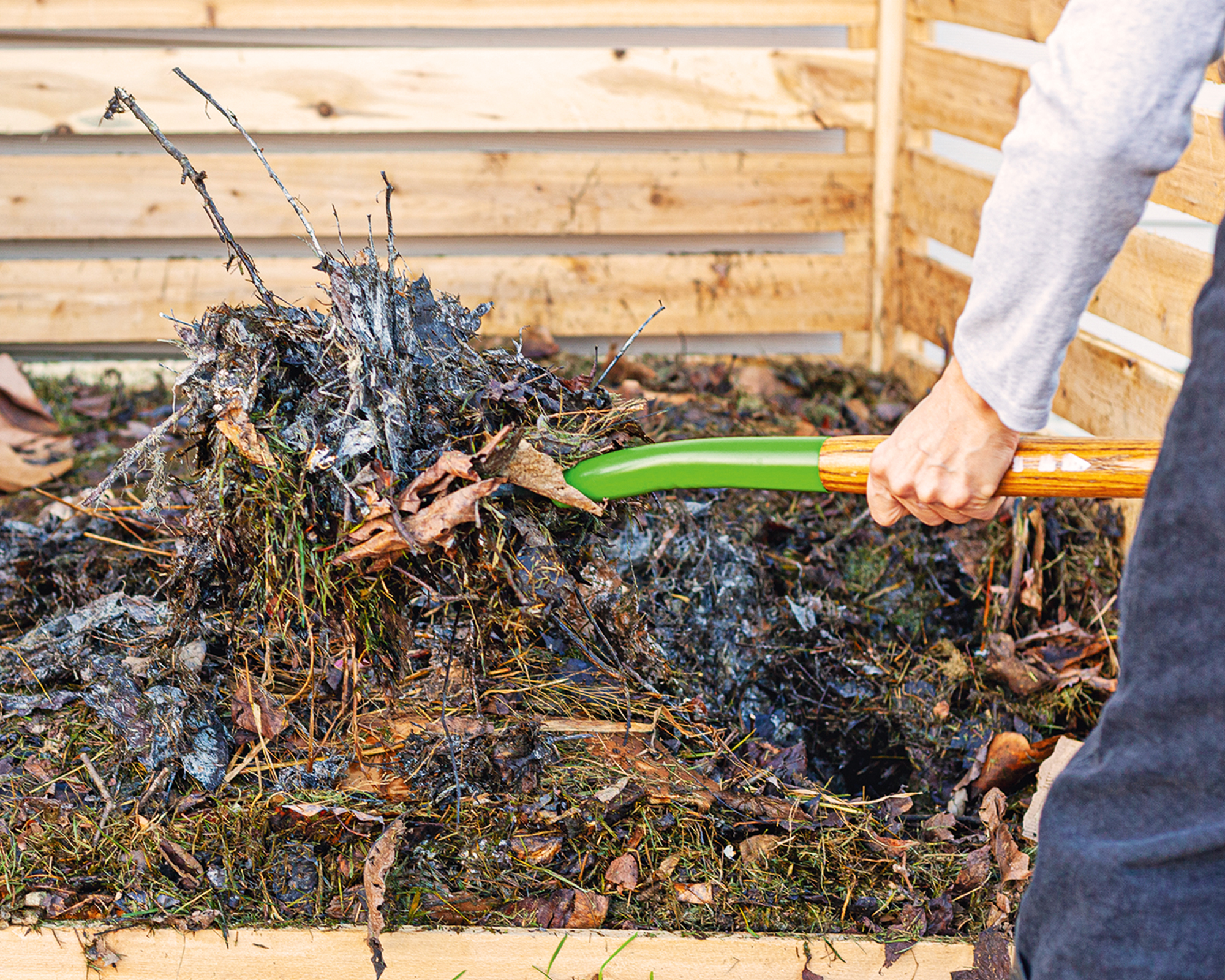
If you detect an unpleasant odor or notice your compost pile isn’t breaking down, there are some things you can do to swing the pendulum back. You will want to look at adjusting the moisture content, turn the pile to provide aeration, and add additional nitrogen or carbon.
For instance, if the smell is horrific and the pile is sodden, add dry leaves, wood chips or straw to absorb the excess moisture and to increase drainage and oxygen.
If your pile seems inert and dry, add water to moisten the pile or add in wet nitrogen rich material like grass clippings or kitchen scraps. Turn the pile to mix the materials and improve airflow.
If the pile seems to be solid, turn the pile to create more airflow.
If you’ve added a lot of food scraps and pests and insects are now hovering about, add in dry carbon like dry leaves and turn the pile well. Next time, lessen the amount of scraps added, dump them into the center of the pile where it is hottest or consider vermicomposting, or worm composting.
If it looks like you have too much carbon material, add some nitrogen rich fertilizer to the pile or a handful of urea. To keep things organic, mix in fresh chicken manure.
Composting is a great way to save things from the landfill and take care of your garden. Maintaining the mixture of greens and browns in your compost takes a little work and forethought, but it will produce the best, most nutrient-rich compost and boost your garden.

Amy Grant has been gardening for 30 years and writing for 15. A professional chef and caterer, Amy's area of expertise is culinary gardening.
